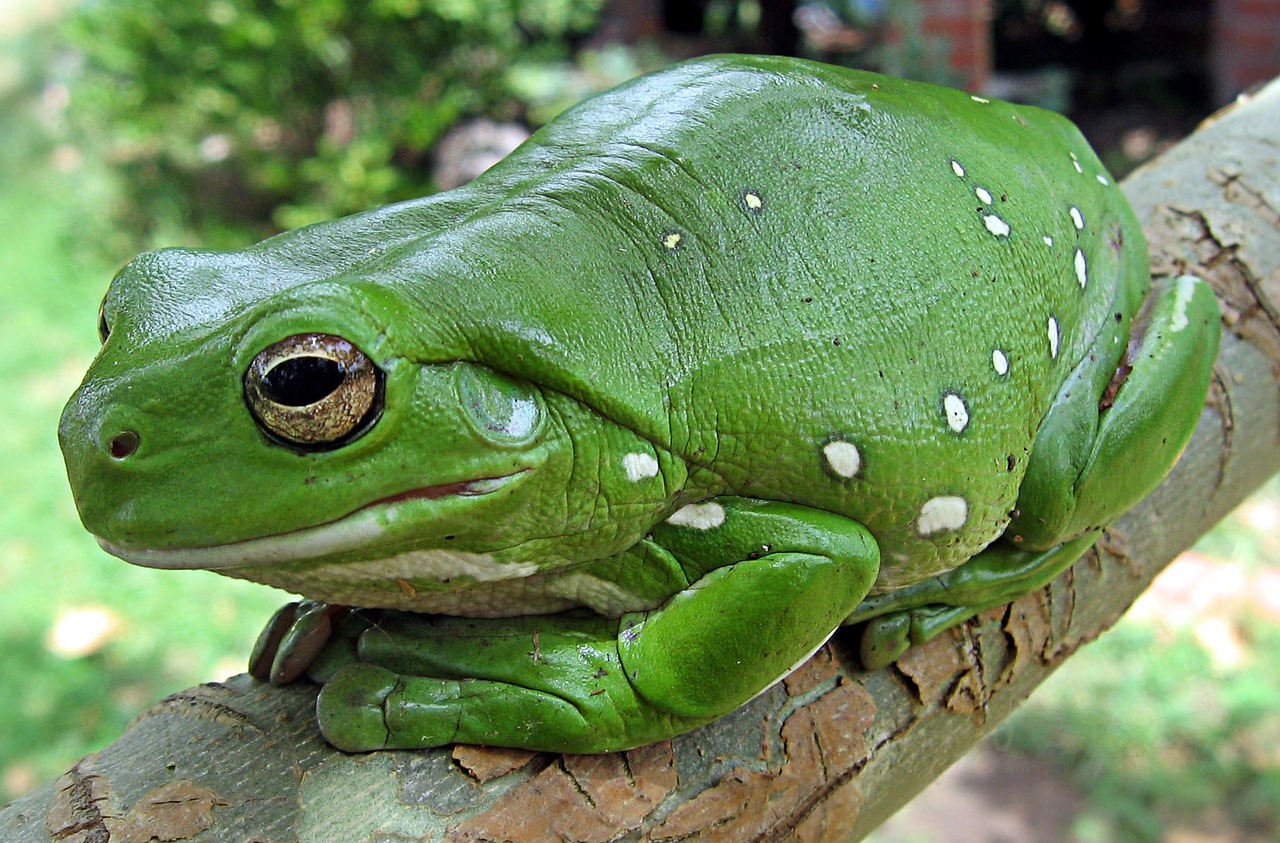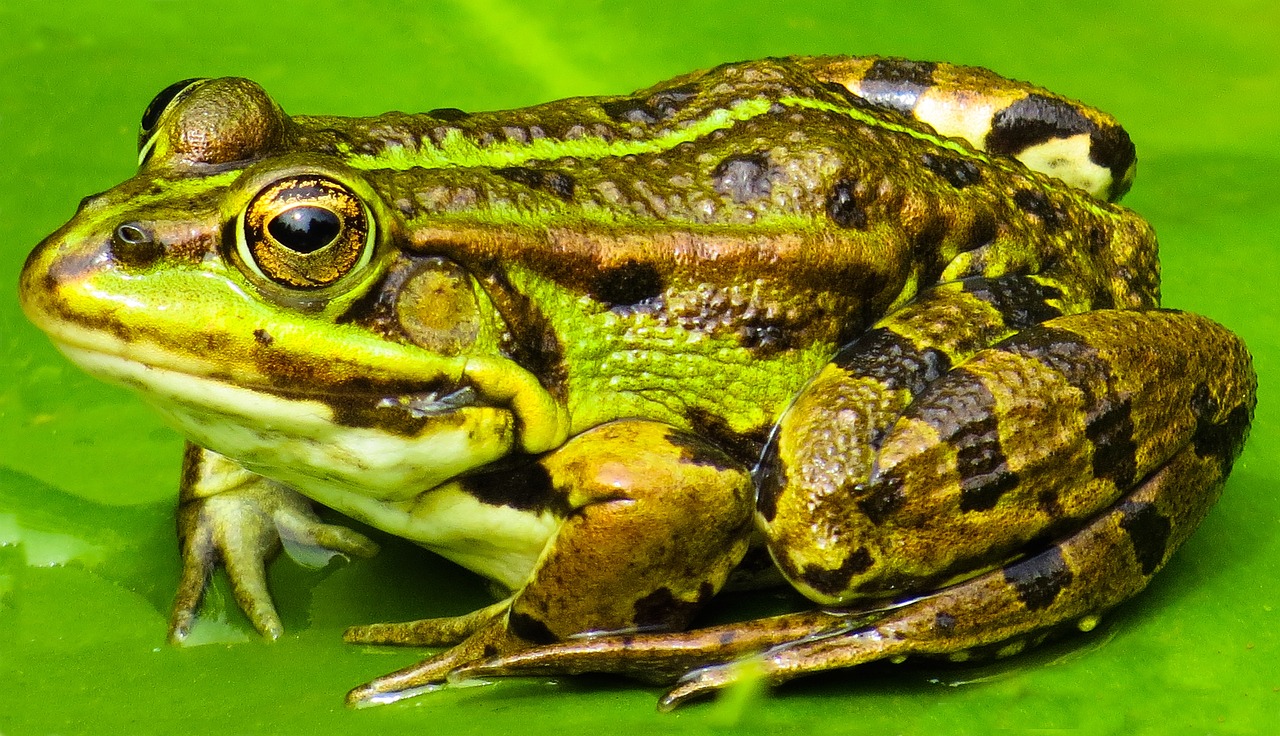Frogs have captured the imaginations of people worldwide for centuries. From their unique appearance to their mesmerizing vocalizations, these amphibians continue to intrigue and fascinate. Discovering the world of frogs through fun and educational frog facts provides not only entertainment but also valuable insights into the importance of conservation.
You may also want to know what frog poop looks like.
The World of Frogs
Before delving into the exciting world of frogs, let’s take a moment to appreciate amphibians. Amphibians, including frogs, toads, and salamanders, form a diverse group of creatures known for their dual life on land and water. Among these, frogs reign as one of the most captivating and recognizable species.

Frog Facts Life Cycle
One of the most remarkable aspects of frogs is their life cycle. Unlike mammals, frogs undergo a metamorphosis from aquatic tadpoles to terrestrial adults. This transformation involves drastic physical changes as they transition from water-dependent creatures to agile land dwellers.
Frog Facts Habitats and Distribution
Frogs inhabit various ecosystems across the globe. They are found in diverse environments, ranging from rainforests to deserts. However, the majority of frog species prefer moist habitats, such as wetlands and forests, due to their permeable skin, which allows them to absorb water and oxygen.
Frog Facts Anatomy and Physiology
Understanding frog anatomy is crucial to appreciating their incredible abilities. Frogs possess unique adaptations, such as their specialized skin that can breathe and drink. Their powerful legs enable them to leap great distances, making them agile hunters and escape artists.
Frog Facts Communication
Frogs communicate through a combination of vocalizations and visual cues. Their calls serve various purposes, from attracting mates to establishing territory. Some frog species even use their bright colors as a form of communication to signal their presence or warn predators.

Unique Frog Adaptations
Frogs have developed remarkable adaptations to survive in their environments. Camouflage is a common defense mechanism that allows them to blend seamlessly into their surroundings. Some frogs also have the ability to change colors, adding an extra layer of intrigue to their survival tactics.
Frog Diet and Feeding Habits
Frogs are carnivorous creatures with an appetite for insects and small invertebrates. Their diet plays a crucial role in controlling insect populations, making them important contributors to the balance of ecosystems. They also eat commercial food.
Importance of Frogs in Ecosystems
Frogs play a vital role in their respective ecosystems as both predators and prey. As predators, they help control insect populations, preventing outbreaks. As prey, they serve as a crucial food source for various predators, including birds and snakes.
Threats to Frog Populations
Unfortunately, frogs face numerous threats to their populations, with habitat destruction and pollution being significant factors. Human activities, such as deforestation and chemical pollution, pose serious challenges to frog survival.
Fun and Surprising Frog Facts
Beyond their ecological significance, frogs boast many interesting and quirky facts. Some frog species can jump up to 20 times their body length, while others can survive freezing temperatures by hibernating during the winter.
Frog Conservation and Awareness
Given the challenges that frogs encounter, conservation efforts are essential to protect their species and habitats. Individuals can contribute to frog conservation by supporting local initiatives and raising awareness about the importance of preserving amphibian diversity.
Conclusion
Exploring the world of frogs through fun and educational facts allows us to appreciate the wonders of these incredible creatures. Understanding their unique adaptations and ecological significance encourages us to take an active role in their conservation and appreciate their role in maintaining the delicate balance of nature.
FAQs About Frogs
- Can all frogs jump? While most frog species are excellent jumpers, some have evolved other methods of locomotion due to their specific habitats and lifestyles.
- What is the smallest frog in the world? The Paedophryne amauensis, found in Papua New Guinea, holds the title for the smallest known frog species, with adults reaching a mere 7.7 mm in length.
- Are all frogs poisonous? No, not all frogs are poisonous. Only certain species possess toxic skin secretions as a defense mechanism against predators.
- How long do frogs live? The lifespan of frogs varies among species. Some may live for only a few years, while others can survive for more than a decade.
- Can frogs survive in the water indefinitely? Despite their amphibious nature, frogs still require access to air. They can’t survive indefinitely underwater and must come to the surface to breathe.
In this article, we’ve uncovered the fascinating world of frogs, exploring their life cycle, unique adaptations, ecological significance, and the challenges they face. These amazing and fun frog facts shed light on the diverse and captivating aspects of these amphibians, fostering a deeper appreciation for their place in the natural world. Through understanding and conservation efforts, we can ensure that future generations get to experience the wonder of frogs in their natural habitats.